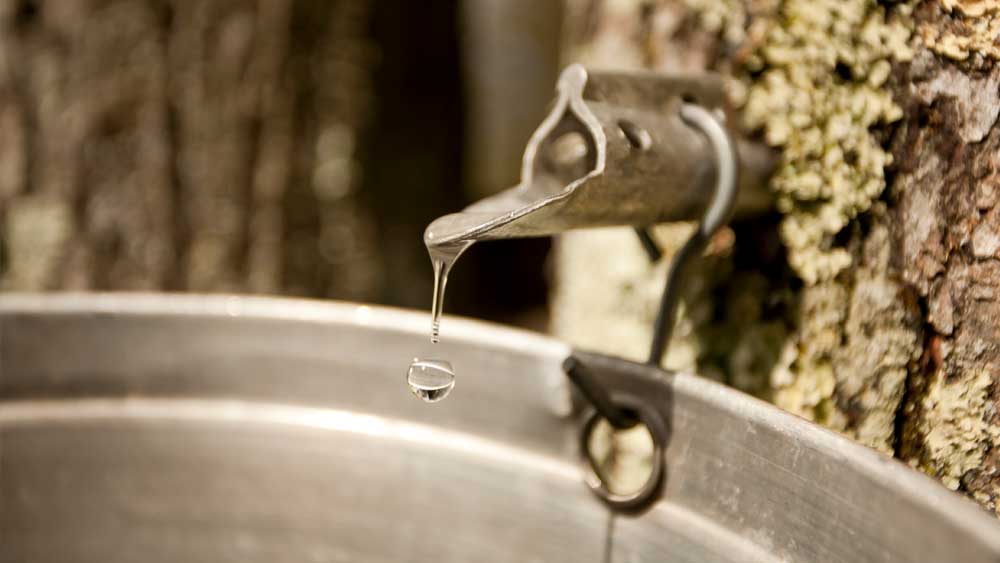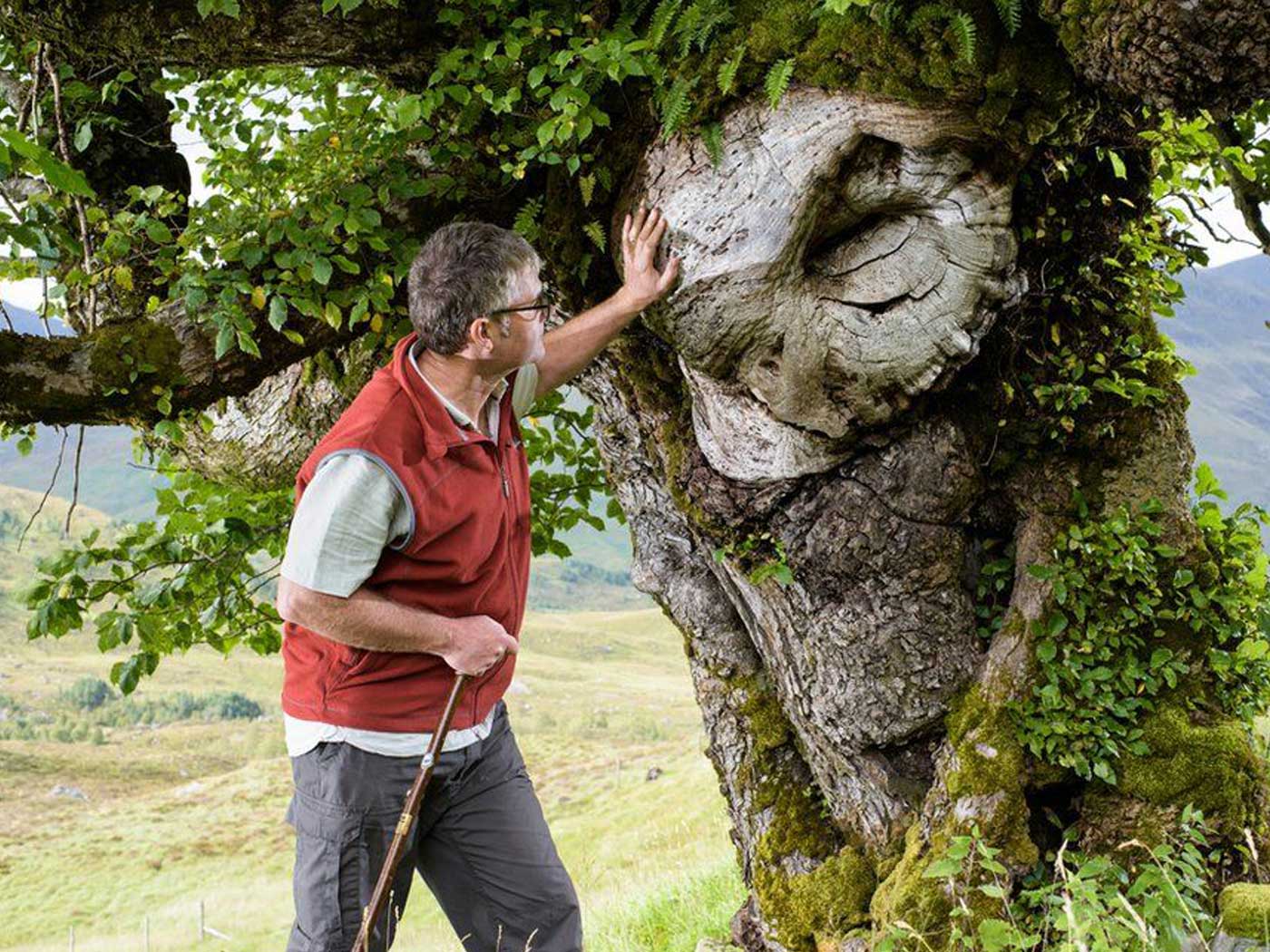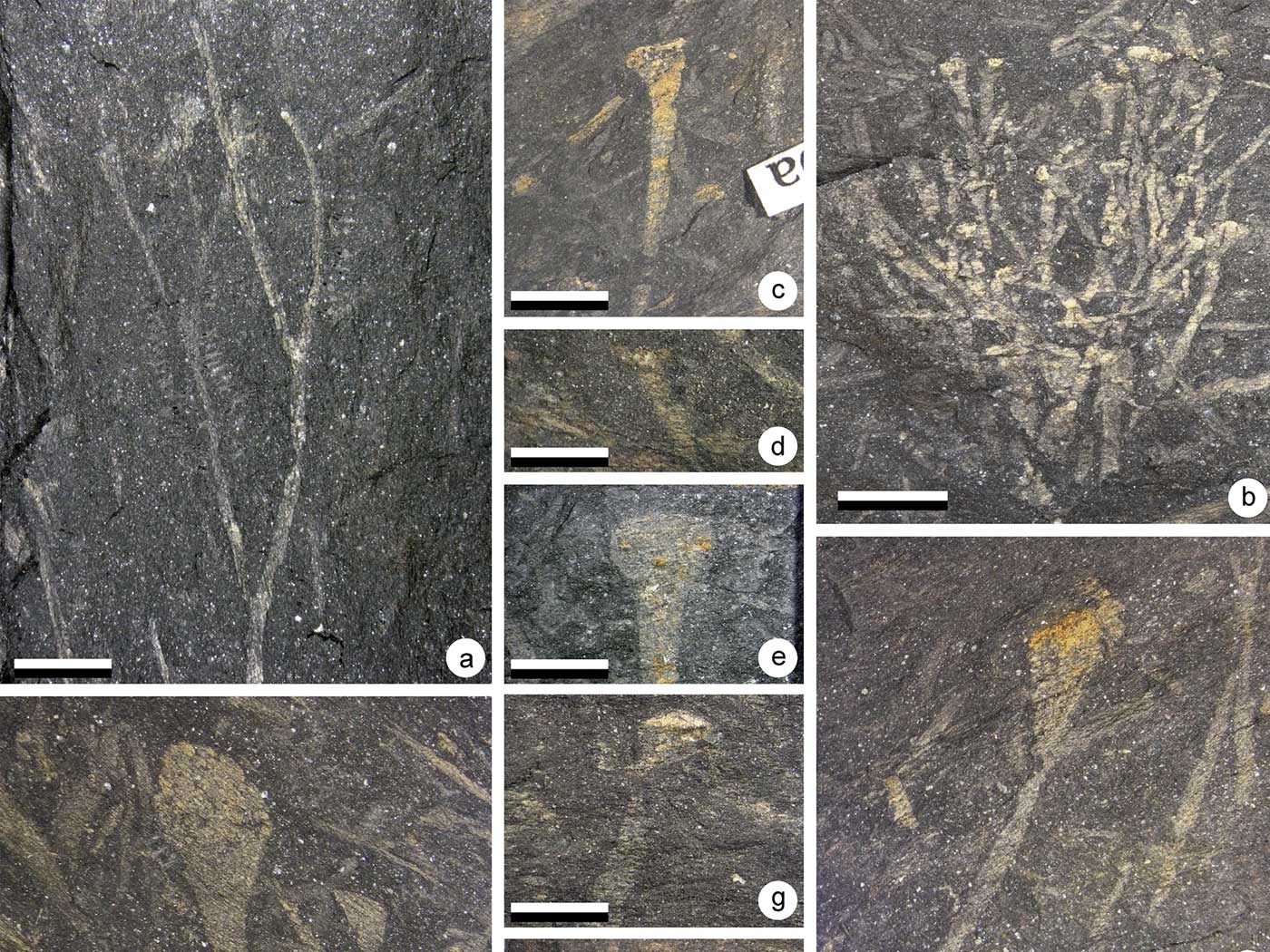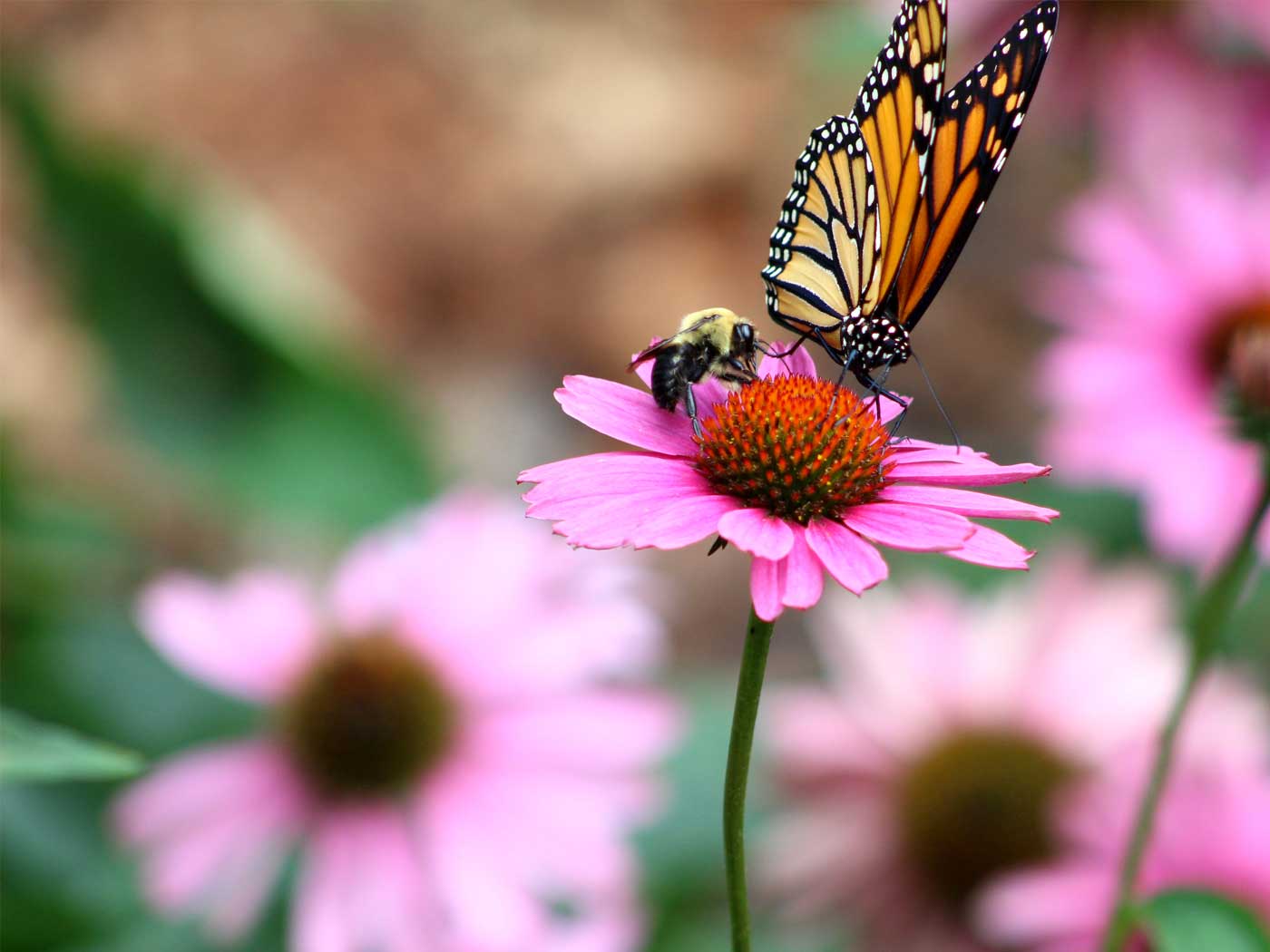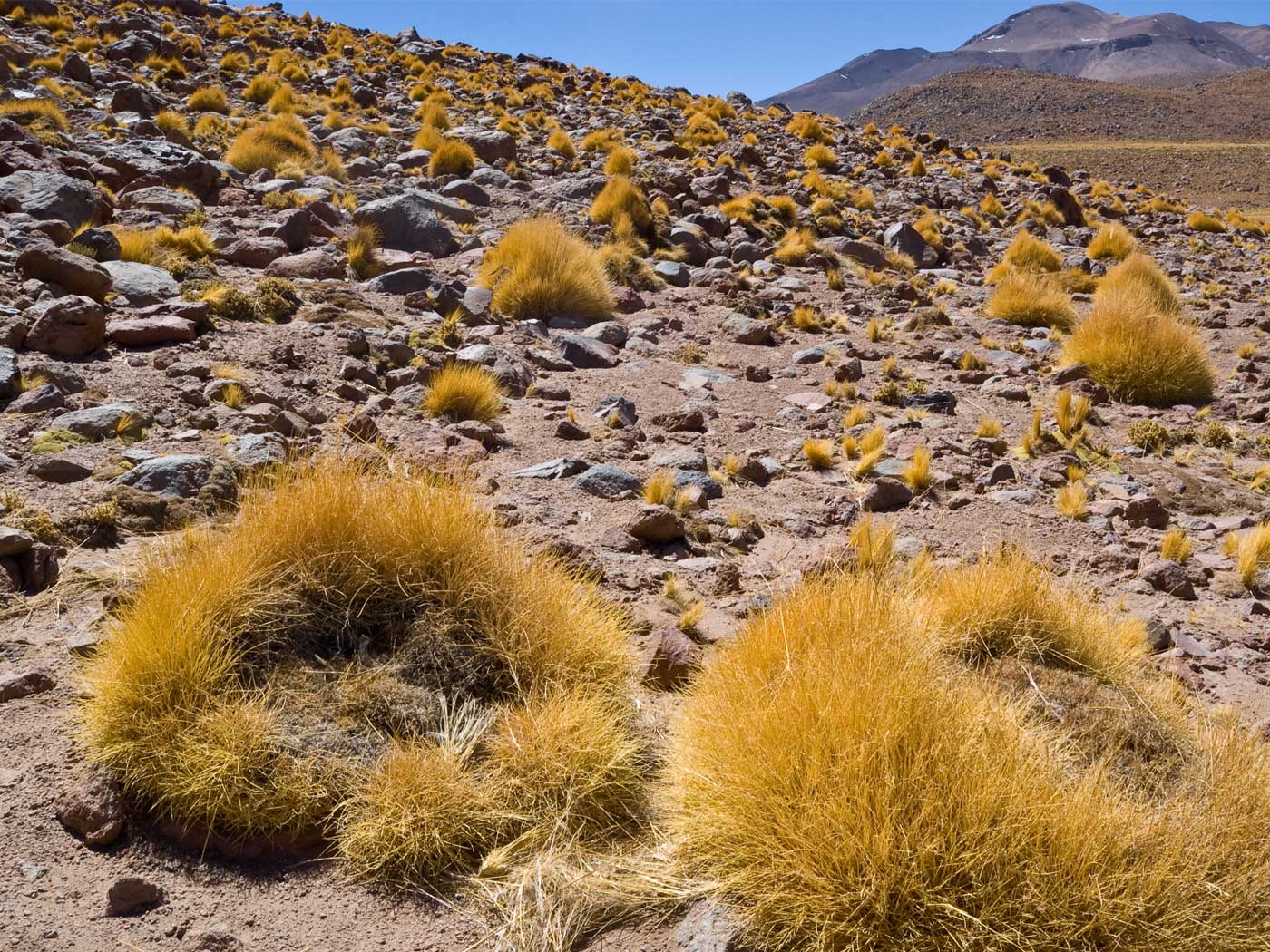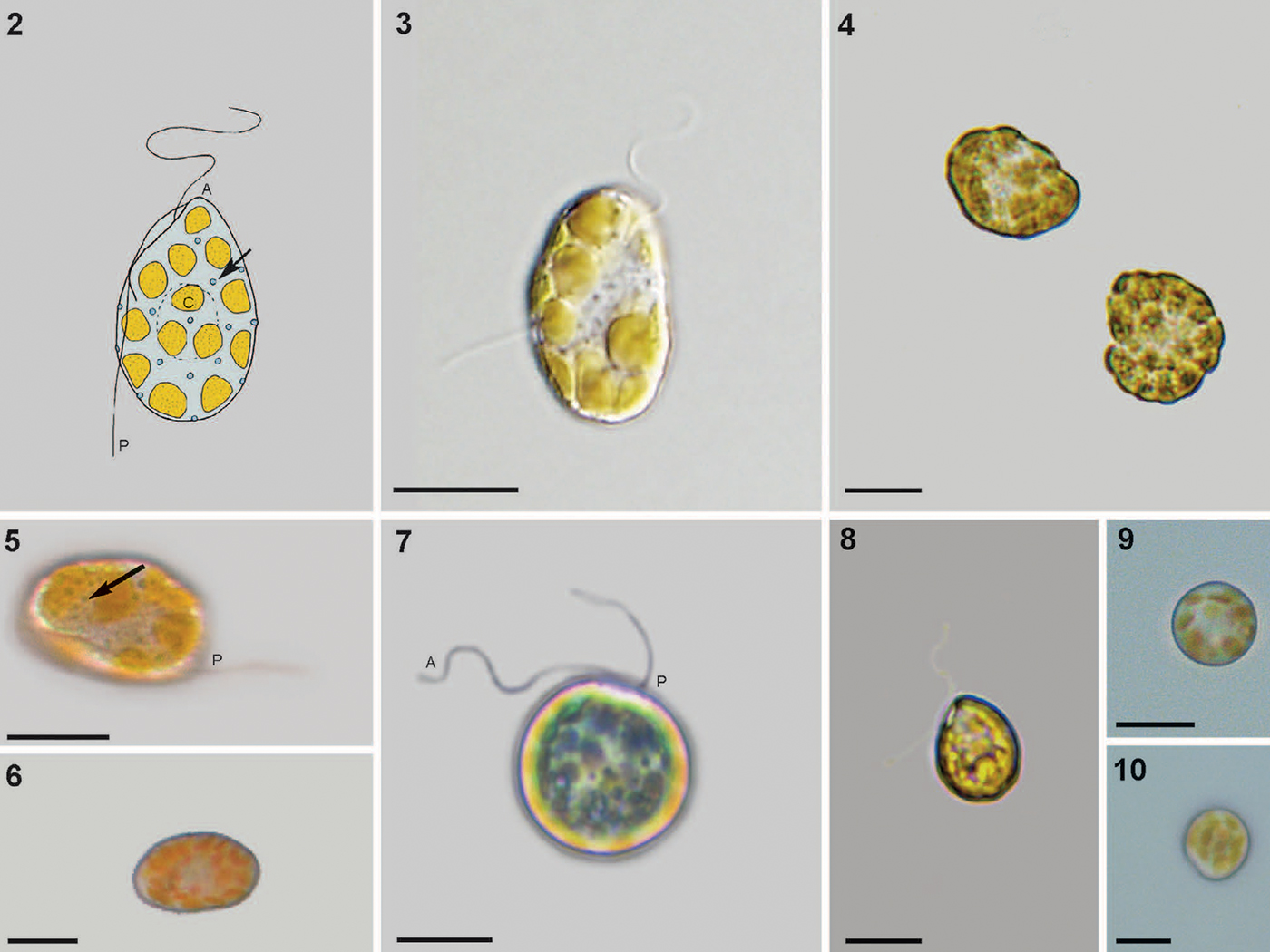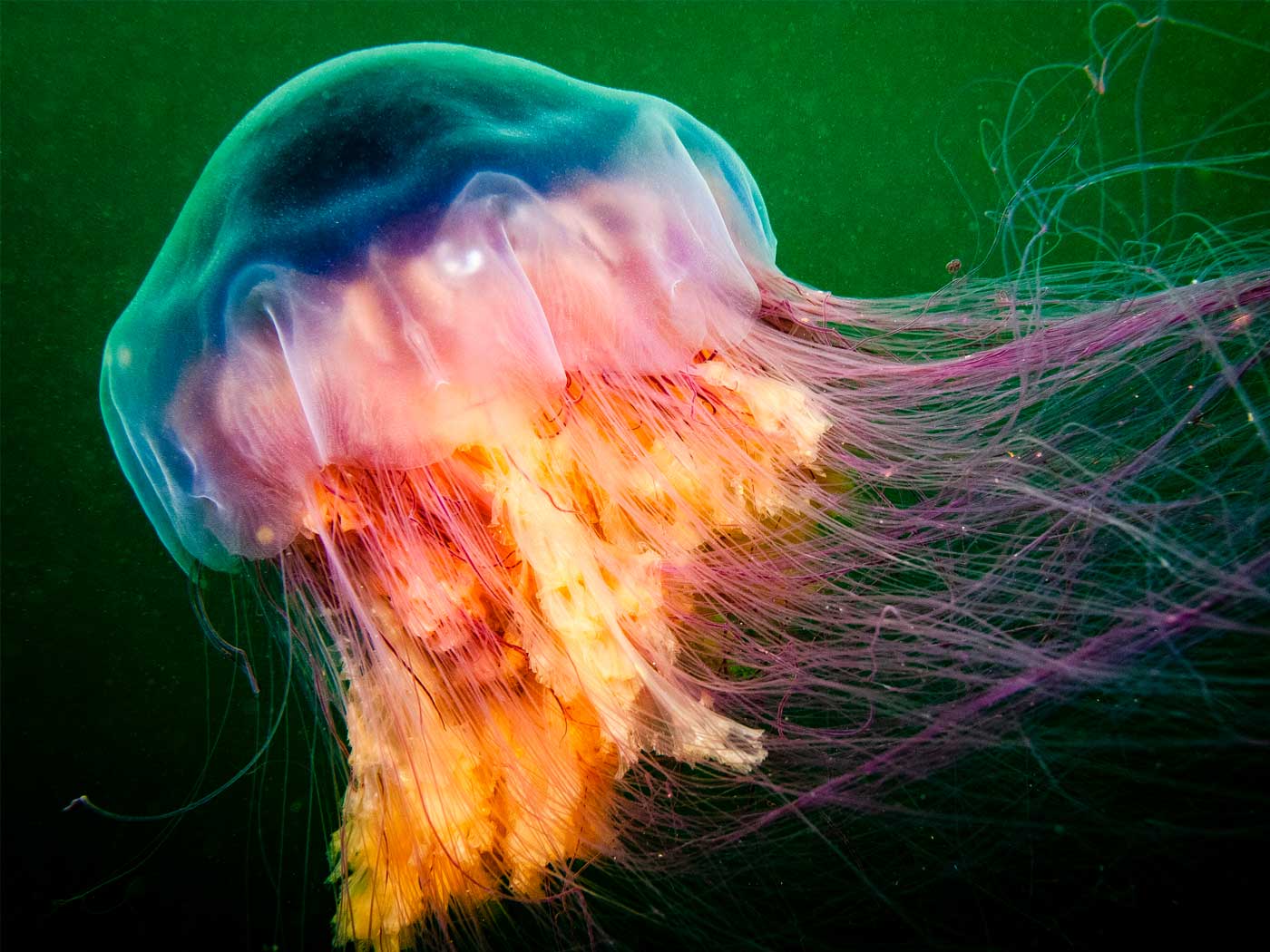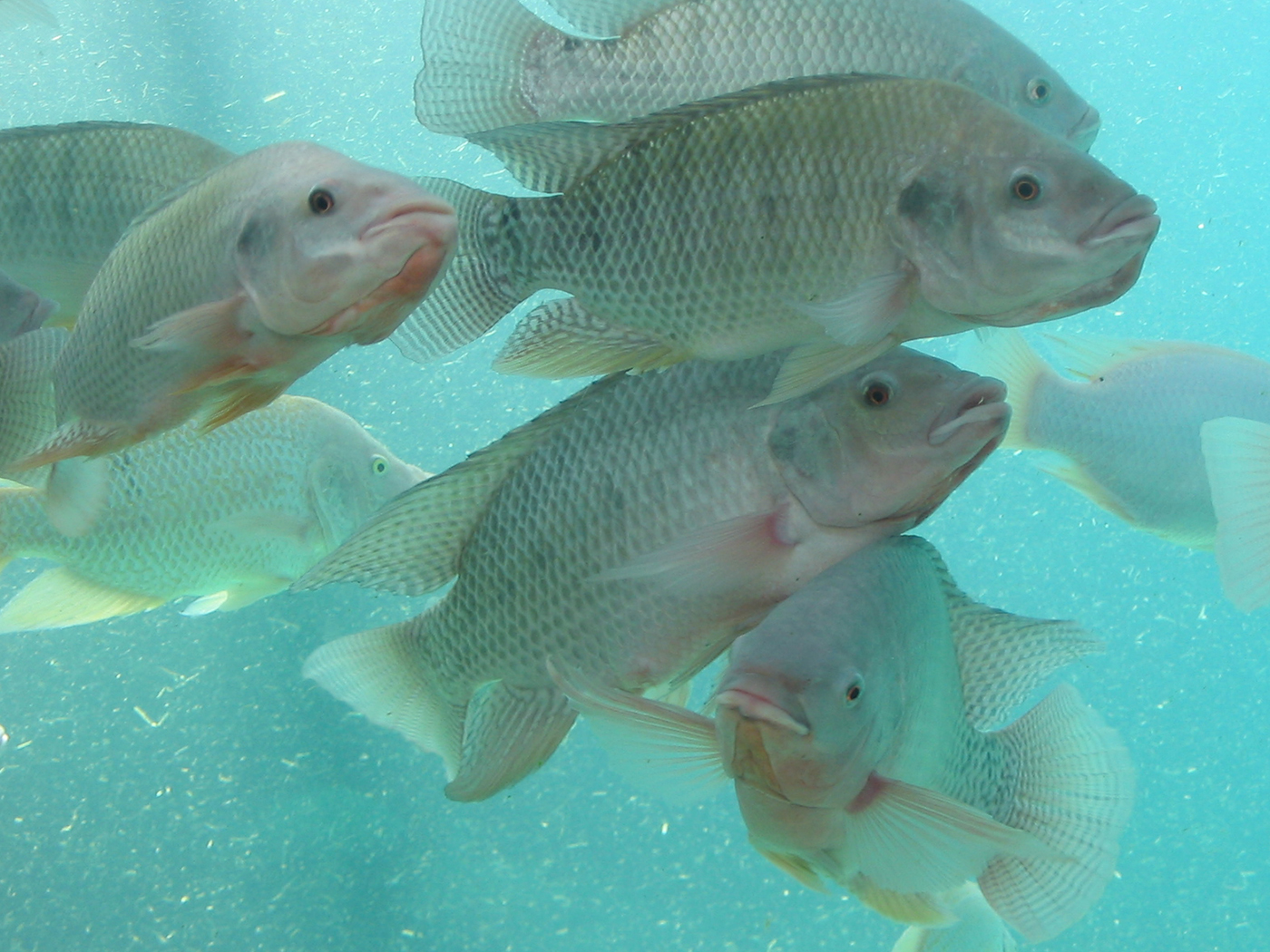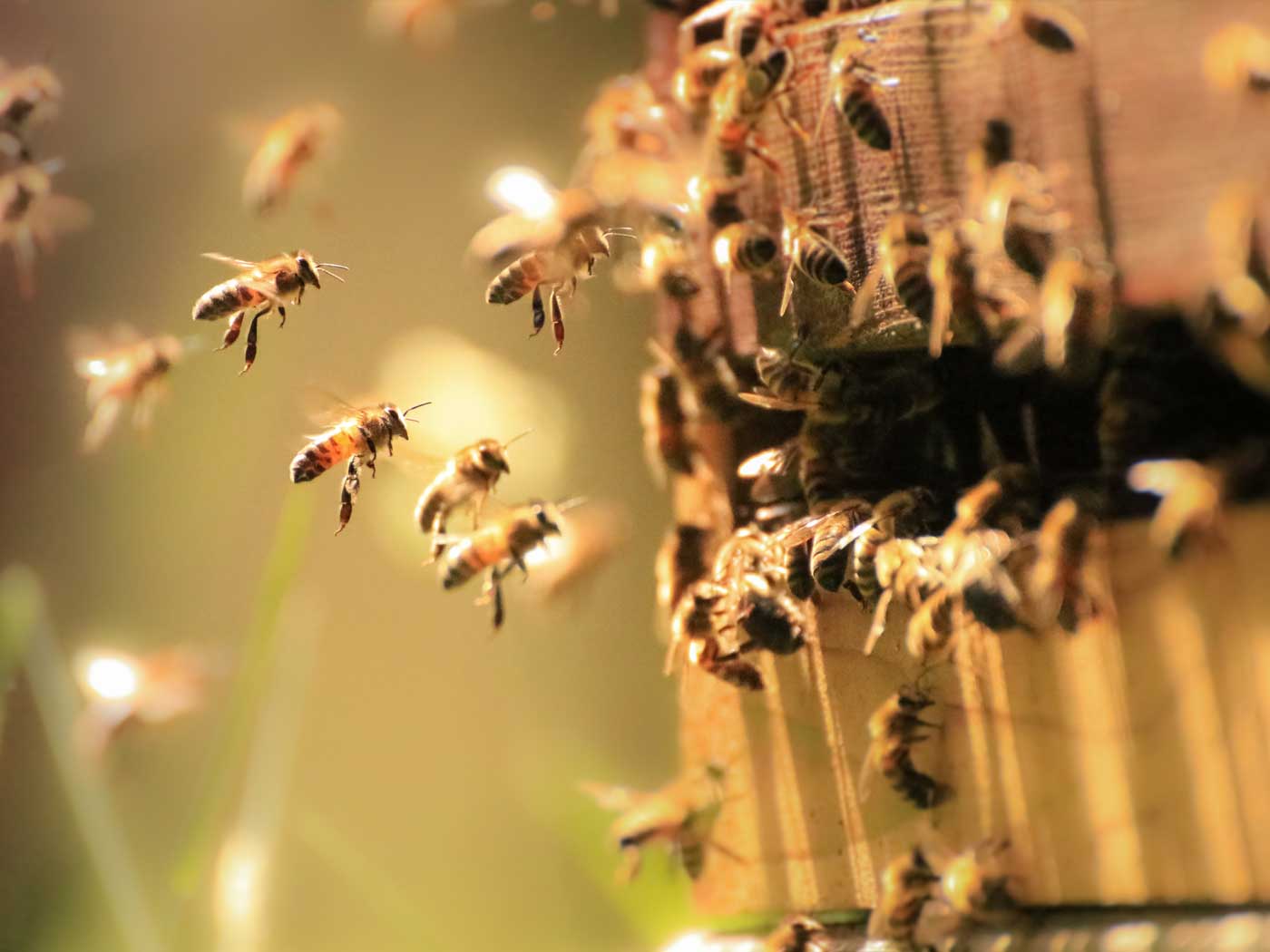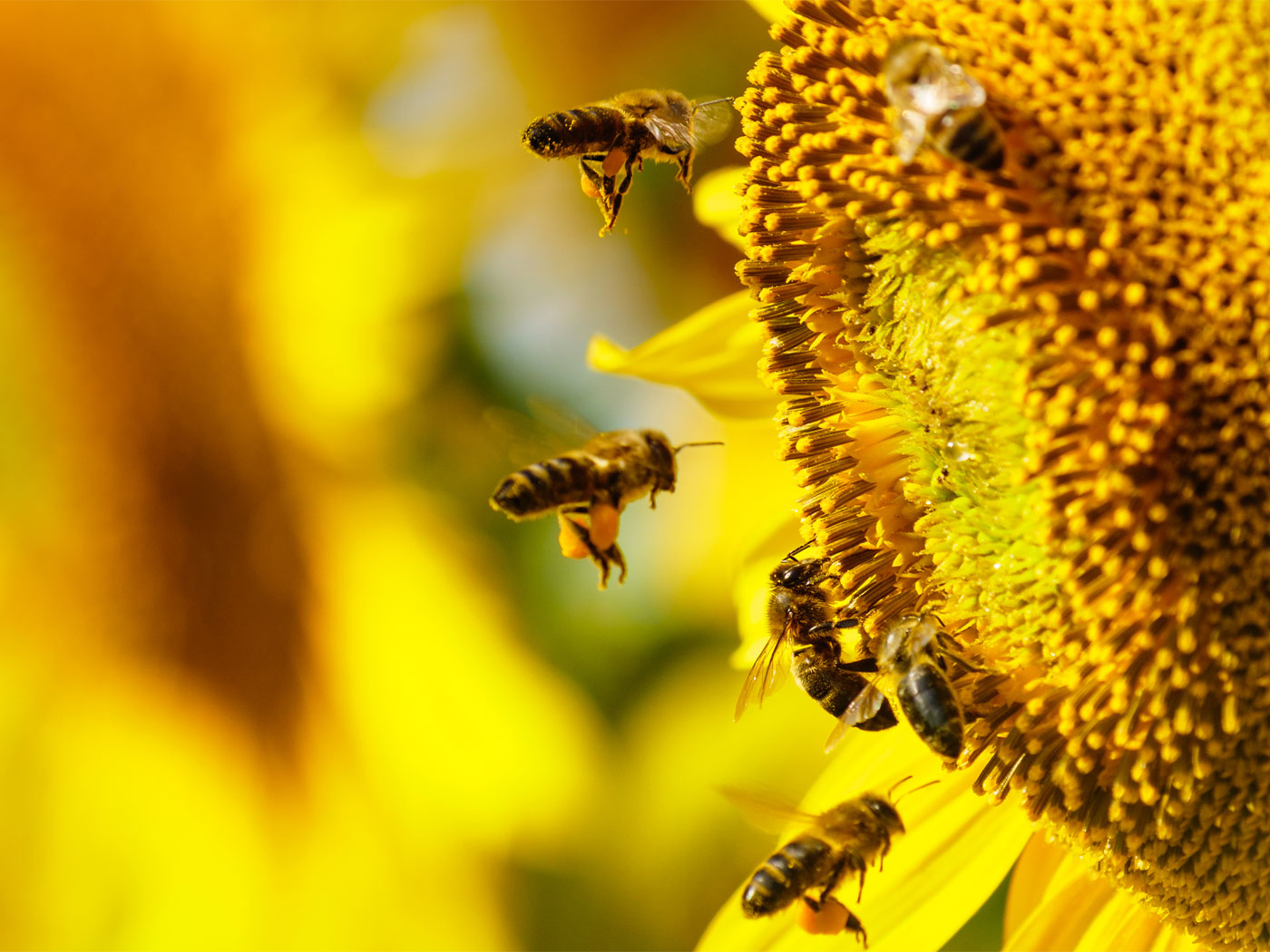The maple syrup season is short, only lasting between four and six weeks. The flavor of syrup can change depending on when it is gathered during that time.1 The syrup is gathered by attaching buckets to trees with spouts sticking into the trees’ bark.
Then these buckets of syrup are taken to “sugar shacks” or “sugar huts” and the syrup is boiled so that much of its water content is evaporated.
On average, 40 litres of sap is needed to produce one litre of syrup. … Early season syrup is lighter in colour and has a more delicate flavour compared with the darker, more robust flavoured syrups that come towards the end of the short production season....1
Maple syrup should be celebrated this year, especially because maple syrup was served on popcorn during the first Thanksgiving to the Mayflower Pilgrims—those same religious liberty-loving Separatists who migrated to America 400 years ago in 1620.
[At the Pilgrims’ first Thanksgiving feast] a special treat was supplied by the Indians. They placed corn on hot coals, and the kernels blew into white puffs—popcorn! The Indians dribbled maple syrup over the white snack and made popcorn balls. … But before they began to eat, [the Pilgrims’] spiritual leader offered a prayer to the God who had so clearly and miraculously led them to this place … Yes, God had blessed them abundantly, and they sincerely offered Him their thanks and praise.2
Beyond New England, maple is also quite special in Canada, as its flag shows.3 Canada’s official tree is the maple, so it is unsurprising when Canadian food scientists score a scientific discovery for maple.
Specifically, a recent scientific study in Canada has reported how the quality of maple syrup can be tested, using what could be called the “gold standard” for maple syrup. The test is simple and quick, providing a color-based indication—like a litmus paper test—of the tested syrup’s quality.
The test used nanoparticles of gold, which normally looked red but appeared blue when the sample of syrup was deemed to be below a premium grade. The details have been published in the Analytical Methods journal.1
This test is practical—a “bioanalytical sensor for real world application”—because it can be used on-site at maple sugar shacks.4
Of course, the science journal description of the new nanoparticle-based litmus-like test is given in more technical vocabulary.5,6
Since the days of the Pilgrims, the production of maple syrup has increased tremendously in popularity thanks to New England’s industrialization and marketing of maple syrup.
Native Americans first discovered the elixir made from the sap of sugar maples, before passing on the technique to settlers. Today, the global market for maple syrup is estimated to be in excess of US$1.2bn (£970m).1
Meanwhile, next time you pour maple syrup onto pancakes or popcorn, think of how God made maple trees for our benefit,7 and consider maple syrup’s historic connection to America’s godly heritage—because this year is the 400th anniversary of the Mayflower Pilgrims coming to America!2
References
1. Kinver, M. 'Golden tongue' helps ensure maple syrup quality. BBC News. Posted on bbc.com May 16, 2020, accessed May 20, 2020.
2. Rainey, B. 2002. Thanksgiving. Wheaton, IL: Crossway Books, 44.
3. Since 1965, the maple leaf is the central feature on Canada’s flag; the maple became Canada’s official tree in 1996.
4. Forest, S., T. Théorêt, et al. 2020. A High-Throughput Plasmonic Tongue Using an Aggregation Assay and Nonspecific Interactions: Classification of Taste Profiles in Maple Syrup. Analytical Methods. 10.1039/C9AY01942A
5. “A simple colorimetric test detects off-flavour profiles of maple syrups in minutes, which are detectable by the naked eye. As flavour profiles are due to complex mixtures of molecules, the test uses nonspecific interactions for analysing the aggregation and color change of Au [i.e., gold] nanoparticles (AuNPs) induced by the different organic molecules contained in off-flavour maple syrup. The test was optimal with 13 nm citrate-capped AuNPs reacting 1:1 with pure maple syrup diluted 10 times. Under these conditions, normal flavour maple syrups did not react and the solution remained red, while off-flavoured maple syrups aggregated the AuNPs and the solution turned blue. … The test was validated with 1818 maple syrup samples from the 2018 harvest in Quebec and 98% of the off-flavoured maple syrups were positively identified against the standard taste test. Preliminary tests were performed on site in maple sugar shacks to validate the applicability of the test on the production site.” (Ibid.)
6. Litmus paper tests used blue and red to indicate acidity or alkalinity. Litmus paper testing is now replaced by pH paper, which uses various colors to show a gradient of acidity-to-neutrality-to-alkalinity. Using a quick test to determine a quality is metaphorically called a “litmus test.” For example, it once was true that scientists who promoted a young-earth cosmogony were recognized as biblical creation-affirming, but this “litmus test’ no longer works due to the rise of YEEs (young-earth evolutionists), which is a controversy that ICR scientists are now documenting.
7. Johnson, J. J. S. Arbor Day: Planting Trees in April. Creation Science Update. Posted on ICR.org April 24, 2020, accessed May 20, 2020. In fact, because it is seasonally produced and enhances our food, maple syrup illustrates God’s providential care (Acts 14:17).
*Dr. Johnson is Associate Professor of Apologetics and Chief Academic Officer at the Institute for Creation Research.




